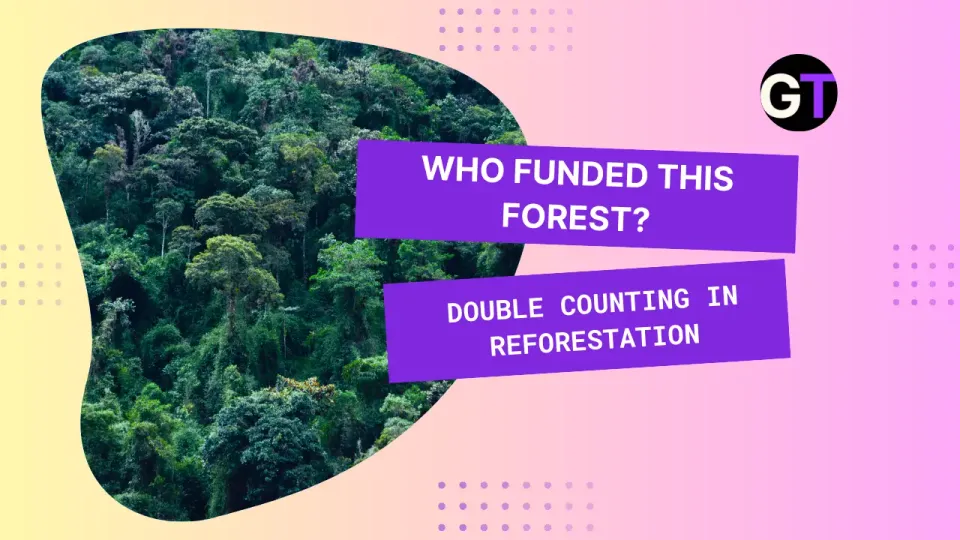Study Restores Hope in Forest Adaptive Management 🌳🌱️
Forest resilience can’t stay a buzzword—it needs to become tangible reality.

A new study from UBC makes one thing painfully clear: BC’s reforestation sector needs a complete reboot. Those softwood monocultures of pine and spruce are sitting ducks in the face of climate stress, wildfire season, and the relentless march of pests. The UBC researchers have outlined a plan though: they recommend adaptive forestry—think commercial thinning, diverse plantings for resilience, and assisted migration to bring in species that can actually handle the climate curveballs. Together, these strategies could flip the script, transforming BC’s forests from vulnerable tinderboxes to resilient ecosystems.
Now, as a former reforestation contractor, I can tell you these changes aren’t just pie-in-the-sky dreams—they’re totally doable. We’re talking about a 5% cost increase over the lifespan of a tenure. That’s chump change compared to “stump rates” (BC’s standard logging fees). And it’s worth every penny: a diversified forest means stronger ecosystems, steady rural jobs (especially in thinning), and a forest that isn’t one spark away from disaster. The missing piece? Public willpower. Forest resilience can’t stay a buzzword—it needs to become tangible reality.
Forestry experts have been shouting this from the treetops for years, but with each new “black swan” disaster, their message only gets louder. Fires, pest outbreaks, climate-driven freak events—each one exposes how single-species forests sit on a knife’s edge. The Mountain Pine Beetle outbreak wiped out half of BC’s merchantable pine stock. And last year’s fires drove the point home—monocultures are kindling, plain and simple.
UBC’s been backing diversity-driven reforestation forever, and assisted migration—bringing in trees that can survive BC’s evolving climate—is central to this game plan. But BC’s forestry guidelines are antiques, grounded in ecoregion classifications from the 1980s. It’s no surprise that they’re fumbling in the face of today’s climate threats.
Here’s the bottom line: changing provincial reforestation laws with strategies like assisted migration are essential. The same goes for planting a wider variety of species. Thinning is a great opportunity to merge business interests with climate adaptation and biodiversity. It opens up space for different species to thrive instead of leaving forests packed, vulnerable, and homogenous. Every year we wait, BC’s forests become that much more fragile, struggling to adapt to higher temperatures, drought, and pest invasions. Resilient, diverse forests aren’t just a nice-to-have—they’re a survival strategy if we want these ecosystems to support communities and withstand the climate crisis.
This is BC’s moment. A commitment to climate-adapted, diverse forests is a win-win, promising healthier woodlands and reliable, skilled jobs for forestry-dependent communities. If BC is truly committed to sustainability, it's time to embrace studies like this and reforest with resilience as the goal.

Study Citation: Combining thinning and diverse plantings to adapt to climate-change-induced timber supply shortage in British Columbia. Canadian Journal of Forest Research.
Authors: Valentine Lafond, Adam D. Polinko, Cosmin D. Man, Caren C. Dymond, Gregory Paradis, and Verena C. Griess.
Data Access: Open data and resources for this study are available on Borealis, the Canadian Dataverse Repository.




